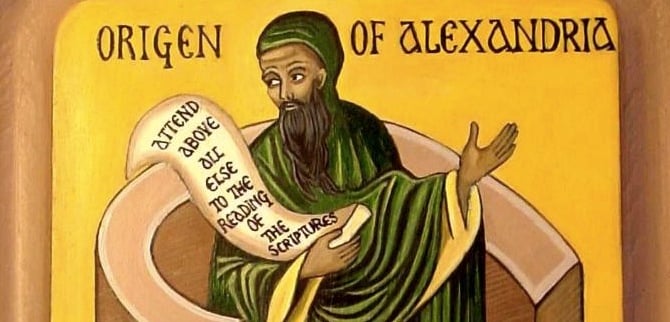I’m pleased to publish this guest essay from Dr. Mark Randall James.
Brian Zahnd’s new book, Sinners in the Hands of a Loving God, has invited comparison with one of the greatest of early heretics, Marcion. In a long and measured review, Derek Rishmawy makes the case that Zahnd’s hermeneutic is “a sort of cross-Testamental, Neo-Marcionism.” Both Zahnd and Marcion are convinced that the goodness of God is inconsistent with his wrath, and so both conclude that “looking at Jesus means massive, sweeping portions of what the prophets and apostles testify about God (in both Testaments) is categorically false.”
Login to read more
Sign in or create a free account to access Subscriber-only content.
